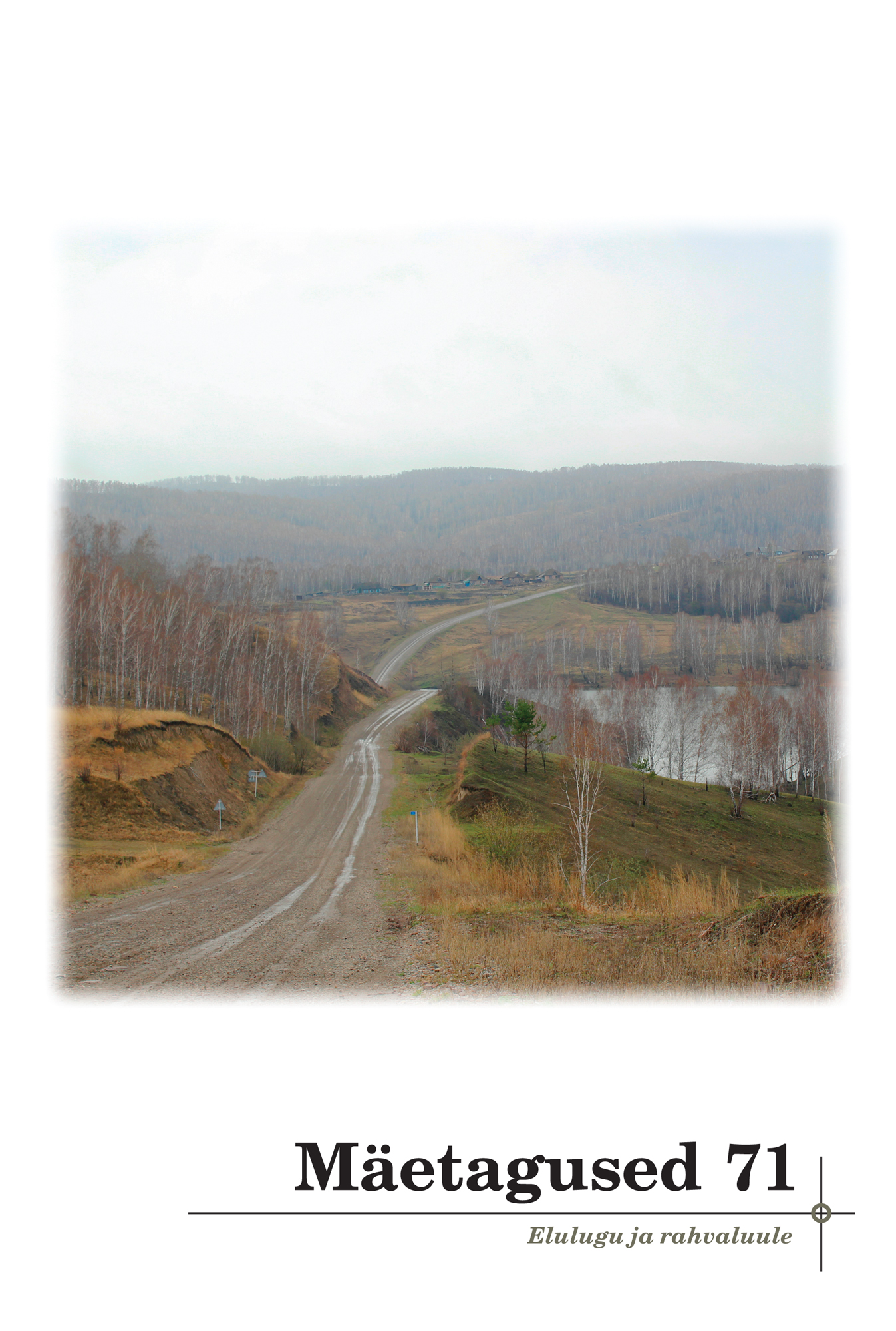Rändlind ja Paabeli vang. Omaeluloolisus kahe rahvaluulekoguja saadetistes
Migratory bird and Babylonian prisoner: Life writing practices of Jakob Hurt’s folklore correspondents
Author(s): Katre KikasSubject(s): Customs / Folklore, Cultural Anthropology / Ethnology, Culture and social structure , 19th Century
Published by: Eesti Kirjandusmuuseum
Keywords: collection of folklore; Juhan Silbergleich; life writing; Paulus Paurmann; 19th century;
Summary/Abstract: In the focus of this article are the life-writing practices of two Jakob Hurt’s folklore correspondents. Jakob Hurt’s folklore collecting campaign started in 1888 and about 1400 people stepped in to work along with him. Although collectors were aware of the scientific value of the work they were doing, there were many other reasons for them to be interested. Firstly, as collecting was considered as ‘work for homeland’, it was a possibility to assert one’s national identity. Secondly, it offered a possibility to participate actively in the public written space; as the folklore collecting campaigns were organized with the help of newspapers, participants considered their work to be part of the public sphere (or at least closely connected to it). And thirdly, it was also quite a rare possibility to use one’s writing skills in Estonian in a public setting; as the official languages at the time were German and Russian, the Estonian language was rather marginalized, yet at the same time the Estonian-language population’s literacy rates were rather high. Although folklore collecting may seem as a very restricted writing context, in reality collectors sent in widely varied sorts of texts – besides folklore texts there were letters, poems, life stories, interpretations of folklore, book reviews, texts resembling newspaper articles, and so on. Collectors really experimented with different genres and ways of addressing. In this article I have touched upon one layer in this textual field – writings in which collectors write explicitly about themselves and their lives, and where we can get a hint about how they wanted to be presented in this half-public space. The texts I have discussed are not autobiographies in the strict sense of the word; that is way I have used a more widely encompassing term – life writing. Generally collectors do not write about themselves too often; yet, in some cases they do. Some of these texts are passages of letters addressed to the organizer of the campaign, with an aim to introduce oneself (e.g. in the first letter) or to convince the organizer to help the writer (e.g. in finding a new job). Some texts are embedded in the collections and presented as folklore, or added as a personal footnote to folklore material collected from others. Most of those personal texts have quite a self-downgrading frame – collectors apologize for including those ‘irrelevant thoughts’, therewith stressing the big gap between the social standing of the organizers (Hurt was a parson with a scientific degree) and themselves (mostly ordinary people with quite minimal schooling). There are two male collectors in the centre of my article – Juhan Silbergleich (1854–?) and Paulus Paurmann (1850–1903). Both of them did quite extensive life writing in the contexts of their collecting activities, but the way they did it was rather different. Silbergleich starts writing about himself already in the first letter to Hurt; he never aims at something more coherent, all his life writing consist of bits and pieces embedded in letters and texts about cultural history. Paurmann keeps quite a humble profile for a couple of years and then sends in a long life story. Silbergleich’s texts resemble newspaper articles and deal mostly with the poor living conditions of his community; he stresses his nationality quite often. Paurmann builds his life story on the model of sentimental literature, stressing his own deeds, feelings, and inner thoughts; he barely mentions the nation. One of the communal experiences of the men was life in diaspora community: they were born in Viru County, but in their later life moved to St. Petersburg Province (Silbergleich permanently, whereas Paurmann spent his winters there as a schoolteacher for Estonian-speaking children). This move plays quite an important role in their life writing. Yet, it was also an important incentive for the decision to start collecting folklore – for them it presented a possibility to be symbolically back home again. In conclusion it can be said that, when reading the life writing texts of these two men side by side, we can see, on the one hand, two really different ways of putting one’s life on paper (ways that are closely connected to the kind of reading material that those men preferred). Yet, on the other hand, we get quite a varied picture of some keywords (nationality, publics, mobility) of the time, linked with real lives of real people.
Journal: Mäetagused. Hüperajakiri
- Issue Year: 2018
- Issue No: 71
- Page Range: 25-54
- Page Count: 30
- Language: Estonian

